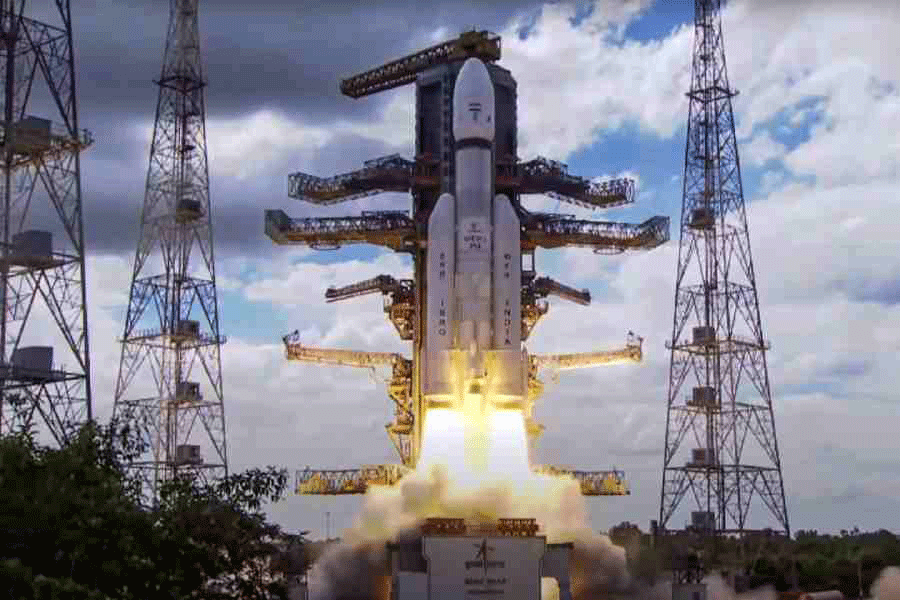The Chandrayaan-3 spacecraft’s lander-rover unit separated from its propulsion module on Thursday, the Indian Space Research Organisation (ISRO) said, as it prepared for the lander module to move a bit closer to the moon on Friday.
“The lander module successfully separated from the propulsion module,” the space agency announced on X (formerly Twitter). The lander module is set to descend to a slightly lower orbit upon a deboosting planned for around 4pm on Friday, ISRO said.
The separation occurred while the spacecraft was in an intended 153km by 163km orbit around the moon. The propulsion module, which is expected to continue orbiting the moon, carries an instrument named SHAPE (spectro-polarimetry of habitable planet Earth) developed by scientists at ISRO’s UR Rao Satellite Centre in Bangalore. Scientists are hoping the study of light reflected by Earth using SHAPE will help in the search for habitable planets outside the solar system.
The deboosting is expected to move the lander module first into a 100km orbit and in the coming days into a 30km orbit, an ISRO official said. From there, the lander module will begin its final descent aimed at a soft landing planned for August 23.
Two rocket engines on the lander are designed to slow it down during its powered descent while four smaller thruster engines will help maintain the lander’s orientation and continuously correct for any deviations that emerge as it approaches touchdown, the official said.
Only Russia, the US and China have placed spacecraft on the moon. Chandrayaan-3’s target landing site is an unexplored region of the moon about 650km from the lunar south pole.
Chandrayaan-3, launched on July 15, is ISRO’s third lunar spacecraft. Chandrayaan-1 launched in 2008 was a lunar orbiter that helped detect signatures of water on the moon. Chandrayaan-2 launched in 2019 was a lander mission but failures during its final descent caused it to crash on the moon.
ISRO mission planners have designed the lander for myriad types of failures and assigned a landing area 40-fold larger than had been earmarked for Chandrayaan-2 to introduce greater flexibility and minimise the risk of a crash.











